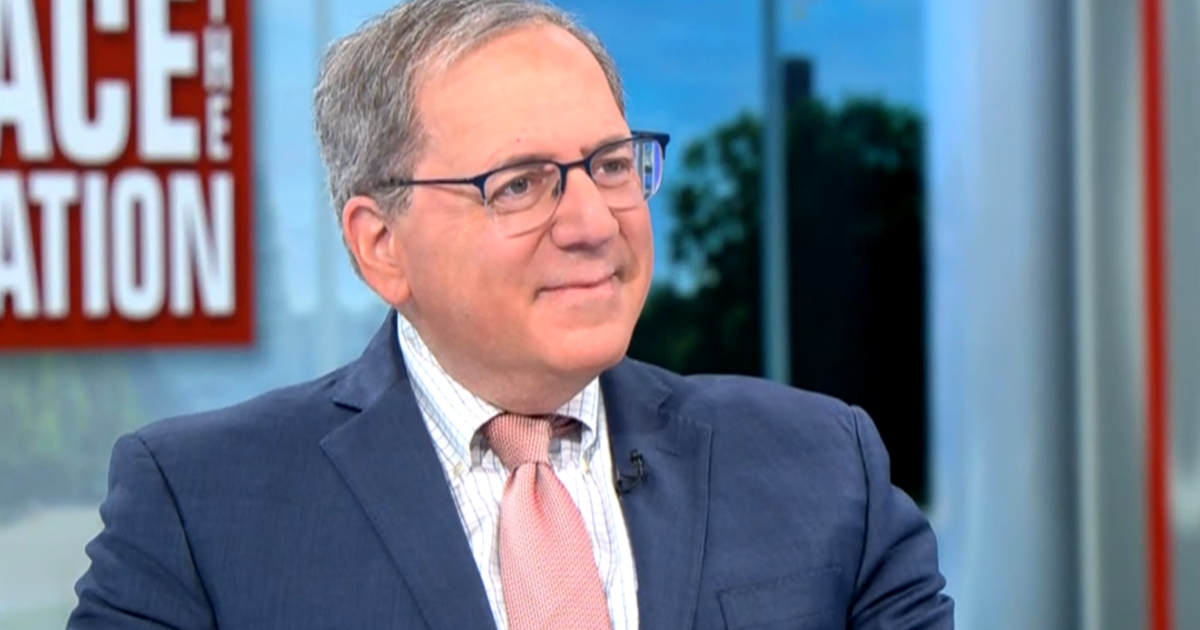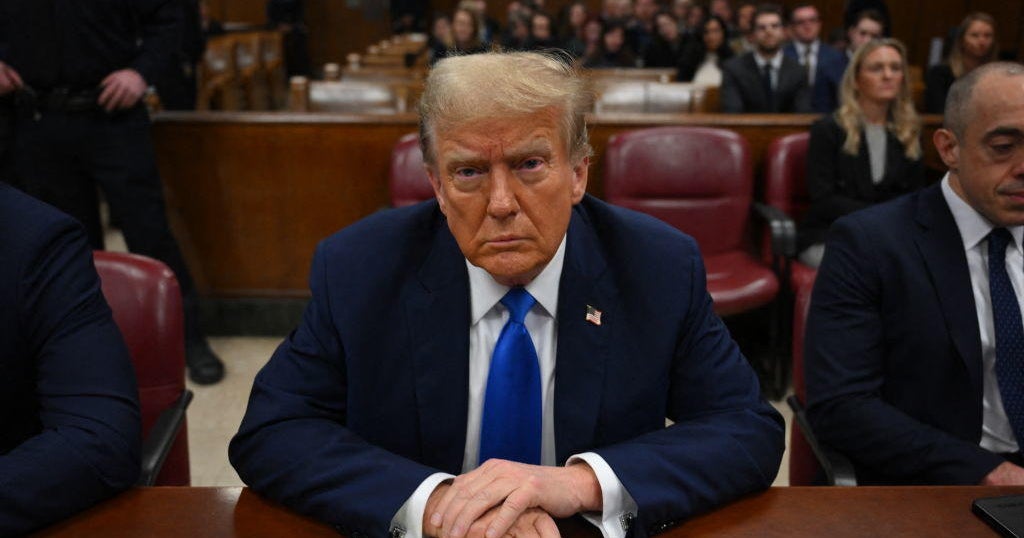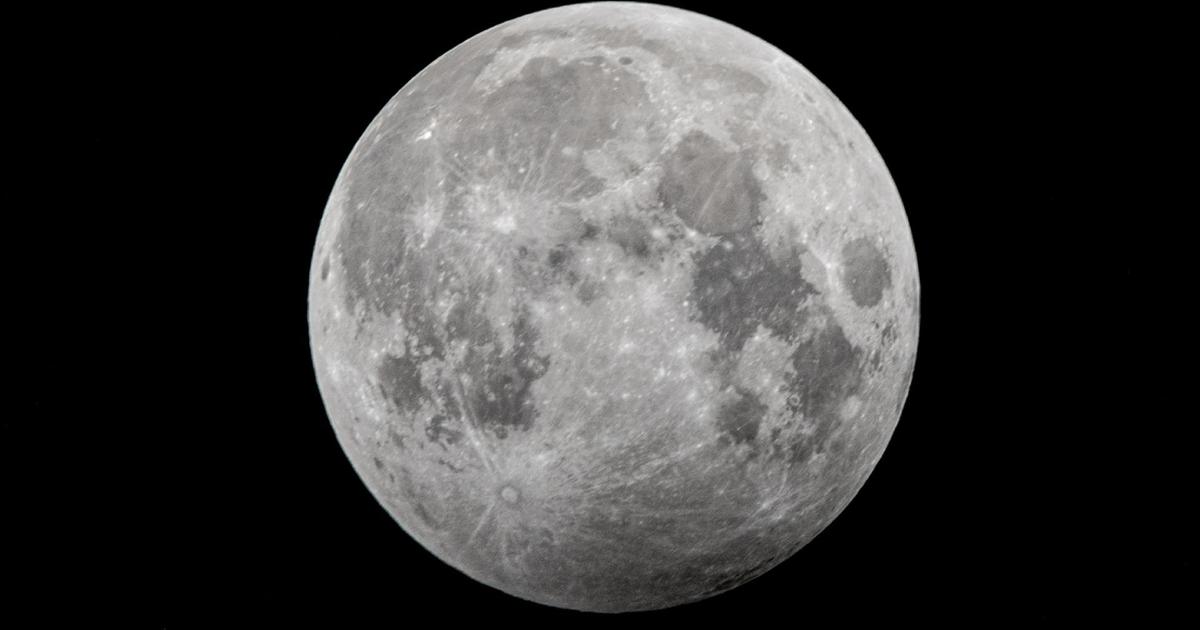A prominent scientist posted an image of a distant star he said was taken by the Webb telescope. It was actually a slice of chorizo.
A red ball of spicy fire with luminous patches glowing menacingly against a black background.
This, prominent French scientist Etienne Klein declared, was the latest astonishing picture taken by the James Webb Space Telescope of Proxima Centauri, the closest star to our Sun.
Fellow Twitter users marveled at the details on the picture purportedly taken by the telescope, which has thrilled the world with images of distant galaxies going back to the birth of the universe.
"This level of detail... A new world is revealed every day," he gushed.
But in fact, as Klein later revealed, the picture was not of the intriguing star just over four light-years from the Sun but a far more modest slice of the lip-sizzling Spanish sausage chorizo.
"According to contemporary cosmology, no object belonging to Spanish charcuterie exists anywhere but on Earth," he said.
Klein — who has more than 91,000 followers on Twitter — acknowledged that many users had not understood his joke which he said was simply aimed at encouraging us "to be wary of arguments from people in positions of authority as well as the spontaneous eloquence of certain images."
However, at a time when battling fake news is of paramount importance for the scientific community, many Twitter users indicated they were unamused by Klein, director of research at France's Atomic Energy Commission and a radio show producer.
On Wednesday, he said sorry to those who were misled.
"I come to present my apologies to those who may have been shocked by my prank, which had nothing original about it," he said, describing the post as a "scientist's joke."
He was shortly back on surer ground posting on Twitter an image of the famous Cartwheel Galaxy taken by the James Webb Space Telescope. This time, he assured users, the photo was real.
Last month, NASA unveiled other spectacular "first light" pictures from the telescope, showcasing interacting galaxies, the death throes of a doomed star and a stellar nursery where massive young suns are being born, blazing with gale-force solar winds that sculpt vast clouds of gas and dust.
Unlike the Hubble Space Telescope, which mostly observes light in the visible part of the spectrum, Webb is optimized to study longer-wavelength infrared radiation, allowing it to capture light from the dawn of the universe that's been stretched out by the expansion of space itself over the past 13.8 billion years.



